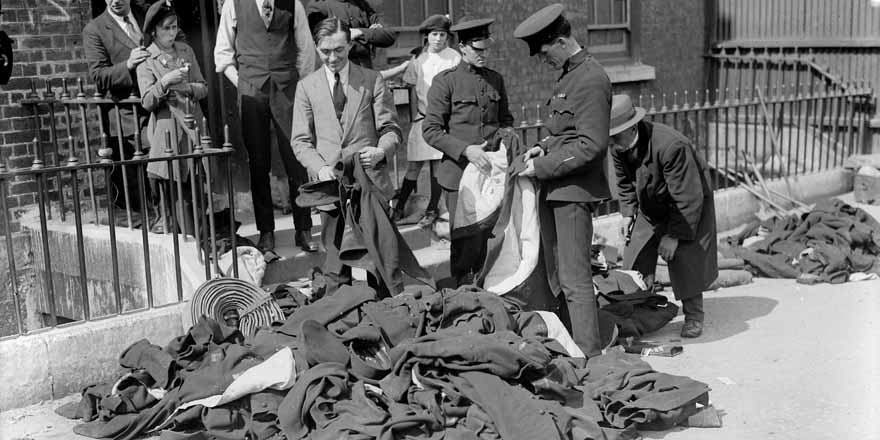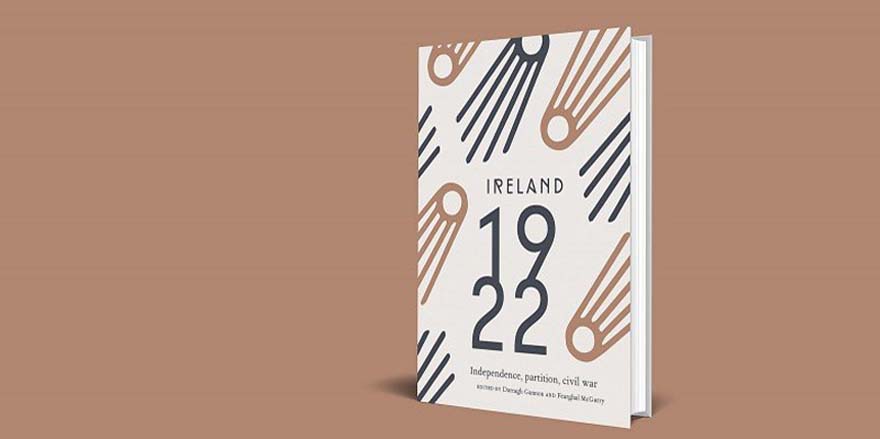
17 August 1922: The disbandment of the Royal Irish Constabulary
17 August 2022Read Brian Hughes essay on Southern Irish Loyalist experiences of migration on Century Ireland.
Ireland 1922, edited by Darragh Gannon and Fearghal McGarry, features 50 essays from leading international scholars that explore a turning point in history, one whose legacy remains controversial a century on. Building on their own expertise, and on the wealth of recent scholarship provoked by the Decade of Centenaries, each contributor focuses on one event that illuminates a key aspect of revolutionary Ireland, demonstrating how the events of this year would shape the new states established in 1922. Together, these essays explore many of the key issues and debates of a year that transformed Ireland.
In collaboration with Century Ireland, we are making the 50 essays freely available online. Today's essay is by Brian Hughes and it covers the disbandment of the Royal Irish Constabulary and those it affected.
On 17 August 1922 Joseph Cashman photographed a small crowd of men and women outside Dublin Castle. Three were in Royal Irish Constabulary (RIC) uniform, with two standing among the discarded jackets and trousers of their colleagues. Less dramatic, perhaps, than men marching in formation, formal salutes, or flags being lowered and raised, the photograph nonetheless captures a symbolic moment in the shift to the new order in the Irish Free State. At 12 o’clock that day, the new Civic Guard (later An Garda Síochána) took charge of Dublin Castle and the RIC was, as The Irish Times put it, ‘fairly disbanded and put into civil life’.1 The process had begun in April, with men gathered in central barracks and camps before being gradually dispersed. For these former policemen and their families, the consequences lasted well beyond the five months or so it had taken to dismantle the RIC. Continue reading (you will be redirected to the website of Century Ireland)
Ireland 1922, edited by Darragh Gannon and Fearghal McGarry, is published by the Royal Irish Academy with support from the Department of Tourism, Culture, Arts, Gaeltacht, Sport and Media under the Decade of Centenaries 2012-2023 programme.




